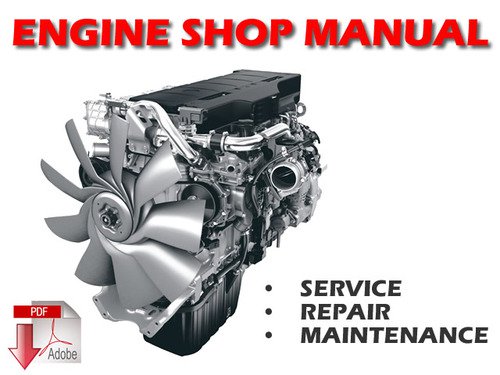
Caterpillar CT11 and CT13 Engines Diagnostic Troubleshooitng Manual
Caterpillar CT11 and CT13 Engines (Including 2013 HD-OBD) Diagnostic Troubleshooitng Manual
The Caterpillar CT11 and CT13 engines are heavy-duty engines used in various applications such as trucks and buses. These engines are equipped with advanced diagnostic systems to assist in troubleshooting issues. Here are some general steps you can follow for diagnostic troubleshooting:
Manual Contents:
Foreword
Serivce Diagnosis
Safety Informtion
Engine System
Engine And Vehcle Features
Diagnostic Software Operation
Engine Symptoms Diagnostics
Hard Start And No Start Diagnostics
Performance Diagnostics
Electronic Control System Diagnostics
Diagnostic Tools And Accessories
Terminology
Appendix A: Performance Specifications
Appendix B: Signal Values
Appendix C:Technical Service Information(Tsi)
Caterpillar CT11 and CT13 Engines Diagnostic Troubleshooitng Manual
1. Check for Fault Codes: Connect a diagnostic tool compatible with Caterpillar engines to the diagnostic port. Retrieve any fault codes stored in the engine control module (ECM). These fault codes provide valuable information about the specific issues detected by the engine’s sensors and systems.
2. Interpret Fault Codes: Refer to the engine’s service manual or Caterpillar’s diagnostic software to interpret the fault codes. The manual will provide a list of fault codes and their corresponding descriptions. This step will help you narrow down the potential causes of the problem.
3. Visual Inspection: Perform a visual inspection of the engine components, wiring, and connectors. Look for any obvious signs of damage, loose connections, or fluid leaks. Pay particular attention to critical components such as fuel injectors, sensors, and wiring harnesses.
4. Check Fluid Levels: Verify that all fluid levels, including engine oil, coolant, and fuel, are within the recommended range. Low fluid levels can cause performance issues and trigger fault codes.
5. Test Sensors: Use a multimeter or specialized testing equipment to check the operation of sensors such as temperature sensors, pressure sensors, and position sensors. Compare the measured values to the specifications provided in the service manual.
6. Inspect Electrical Connections: Ensure that all electrical connections related to the engine, including the battery terminals, ground connections, and ECM connectors, are secure and free from corrosion.
7. Check for Air Leaks: Inspect the intake and exhaust systems for any air leaks that could affect engine performance. Leaks in the air intake system, turbocharger connections, or exhaust system can cause power loss and trigger fault codes.
8. Fuel System Inspection: Check the fuel system for any blockages, leaks, or faulty components. Inspect the fuel filters, fuel lines, and fuel injectors for proper operation.
9. Verify Software Updates: Check if there are any available software updates for the engine’s ECM. Updated software can address known issues and improve engine performance.
10. Consult Technical Support: If you’re unable to identify and resolve the issue using the above steps, consider contacting Caterpillar technical support or an authorized service center. They can provide further guidance and assistance based on the specific symptoms and fault codes.